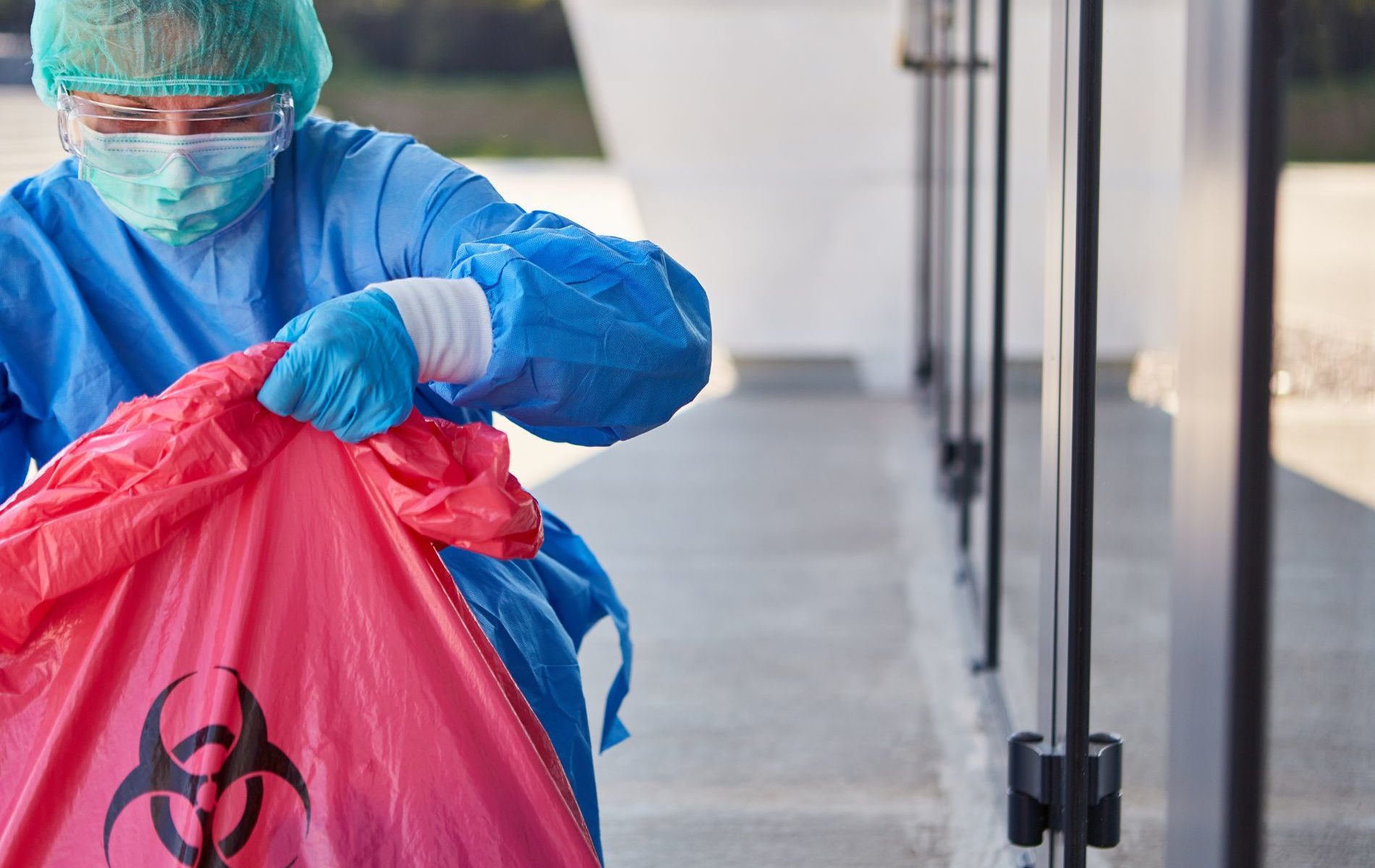The 5-Minute Rule for Reclaim Waste
The 5-Minute Rule for Reclaim Waste
Blog Article
9 Simple Techniques For Reclaim Waste
Table of ContentsReclaim Waste for BeginnersReclaim Waste Fundamentals ExplainedThe smart Trick of Reclaim Waste That Nobody is Talking AboutSome Known Questions About Reclaim Waste.Indicators on Reclaim Waste You Should Know
Domestic sewer waste refers to the waste and items from a domestic septic container. The proper monitoring and disposal of domestic sewer waste call for fluid waste to be moved to a sewage treatment plant where the correct techniques and tools are used to purify and dispose of waste.
Business waste typically consists of potential risks, such as combustible products or a mix of liquid and strong waste items, and requires a much more innovative and comprehensive disposal process. The disposal of industrial waste usually involves the purification of waste prior to transport to make sure safe and proper disposal. Hazardous waste is created from results and overflow of industrial processes and production.
This type of waste can not make use of the very same sewer administration transport or procedures as septic or commercial fluids. The hazardous waste management process needs the examination and screening of liquid waste before it undergoes the disposal process (liquid waste removal). Runoff waste is the liquid waste that comes from runoff and excess stormwater in highly populated locations or cities
Overflow waste can create contamination and flooding if not taken care of effectively. Making sure proper waste monitoring can stop catastrophes and reduce ecological harm.
The Main Principles Of Reclaim Waste
Call PROS Solutions today to find out regarding our waste monitoring and disposal services and the correct ways to take care of the fluid waste you create.
(https://www.edocr.com/v/pd6avrzq/leonaube33101/reclaim-waste)This so-called 'wastewater' is not just a vital source but, after therapy, will certainly be released to our land, rivers or the ocean. Made use of water from bathrooms, showers, baths, cooking area sinks, laundries and commercial processes is recognized as wastewater.

water made use of to cool equipment or clean plant and devices). Stormwater, a form of wastewater, is overflow that moves from agricultural and metropolitan areas such as roof coverings, parks, gardens, roadways, paths and rain gutters right into stormwater drains, after rainfall. Stormwater flows untreated straight to local creeks or rivers, ultimately getting to the ocean.
Reclaim Waste Can Be Fun For Everyone
In Queensland, the majority of wastewater is dealt with at sewage treatment plants. Wastewater is moved from residential or commercial websites with a system of sewage systems and pump terminals, recognized as sewage reticulation, to a sewer therapy plant. City governments build, maintain and run most sewer therapy plants. Operators are accredited under the Environmental Defense Act 1994 to release cured wastewater at an appropriate environmental requirement into rivers.
The Division of Natural Resources encourages city governments concerning handling, operating and keeping sewerage systems and treatment plants. In unsewered areas, local federal governments may require owners to install individual or household sewage therapy systems to deal with domestic wastewater from bathrooms, kitchen areas, shower rooms and laundries. The Department of Natural Resources authorizes making use of home systems when they are shown to be effective.
In some new communities, therapy of some stormwater to remove clutter, sand and crushed rock has actually started utilizing gross toxin traps. Wastewater therapy happens in 4 phases: Eliminates strong matter.
Utilizes small living organisms knows as micro-organisms to damage down and get rid of remaining dissolved wastes and great fragments. Micro-organisms and wastes are incorporated in the sludge.
Some Known Details About Reclaim Waste
Nutrient removal is not readily available at all sewer therapy plants since it needs costly specialised devices. Clear liquid effluent created after therapy might still have disease-causing micro-organisms - liquid waste disposal melbourne.

This generally indicates wastewater has to be treated or pollutants eliminated prior to it can be discharged to waterways. Many wastewater flows right into the sewage system. Under the Act, regional governments carry out approvals and licences for eco pertinent activities (Periods) including wastewater releases that could have a local impact. The division administers approvals and licences to ERAs involving wastewater launches that might have a local or statewide effect.
The Basic Principles Of Reclaim Waste
Tracking gives factual information about water quality and can verify that licence conditions are being satisfied. The info acquired with tracking offers the basis for making water high quality decisions.
Report this page